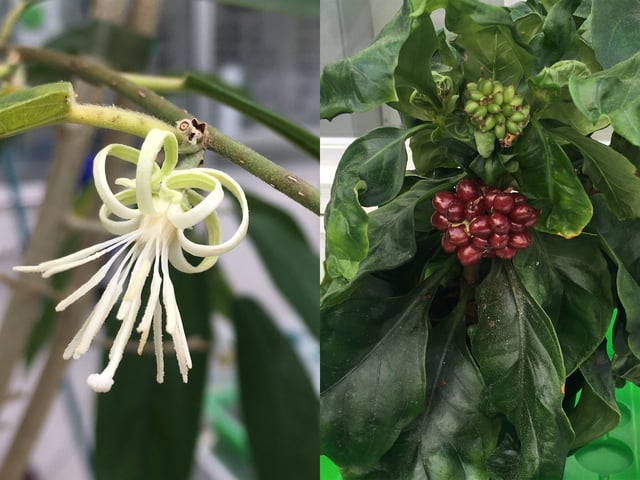Overview
- Genetic and enzyme analyses show Carapichea ipecacuanha and Alangium salviifolium separately evolved distinct pathways to produce cephaeline and emetine.
- Researchers found ipecacuanha alkaloid levels highest in young leaves and underground organs, guiding targeted tissue analyses.
- The initial conversion to protoemetine occurs non-enzymatically, challenging the view that enzymes drive every biosynthetic step.
- An enzyme with a novel three-dimensional structure cleaves a sugar molecule in the nucleus, confining toxic intermediate release until cellular disruption.
- Scientists aim to decipher the remaining enzymatic steps that convert protoemetine into emetine and cephaeline to support scalable drug synthesis.
